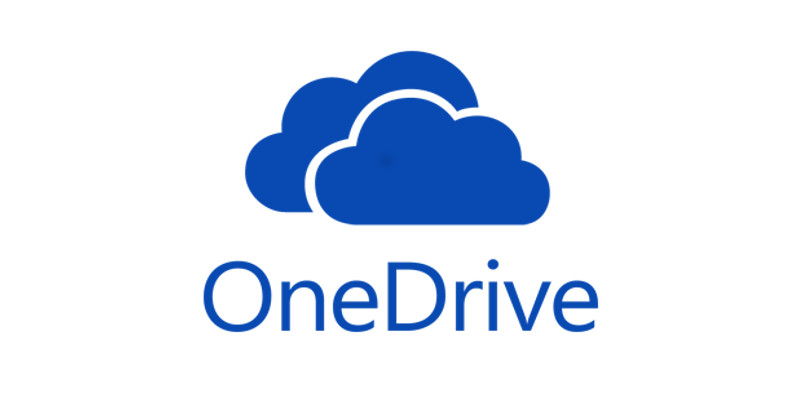Google Drive is a popular cloud storage service provided by Google, allowing users to store, sync, and access files across multiple platforms. With over two billion users worldwide, Google Drive has become an essential tool for file storage and collaboration. One of the lesser-known features of Google Drive is its offline mode, which enables users to view, create, and edit documents even without an active internet connection. In this article, we will explore how to enable and use Google Drive’s offline mode on both mobile devices and computers.
Requirements for Enabling Offline Mode
Before you can take advantage of Google Drive’s offline mode, there are a few requirements that need to be met:
- Stable Internet Connection: To enable offline mode, you must first connect to a stable internet connection.
- Compatible Browsers: Google Drive’s offline mode is supported on Google Chrome and Microsoft Edge browsers.
- Offline Extension: Install the Google Drive offline extension on your browser and ensure it is turned on.
Now that we have covered the prerequisites, let’s dive into the steps to enable offline mode on both mobile devices and computers.
Enabling Google Drive Offline Mode on Computers
To enable offline mode on your computer, follow these steps:
- Open your web browser and navigate to Google Drive.
- Log in to your Google account if you haven’t already.
- Click on the Gear icon located in the top right corner of the screen.
- From the drop-down menu, select “Settings”.
- Scroll down and find the “Offline” section.
- Check the box next to “Create, open, and edit your recent Google Docs, Sheets, and Slides files on this device while offline.”
- Click on “Save Changes” to enable offline mode.
Enabling Google Drive Offline Mode on Mobile Devices
If you want to use Google Drive offline on your mobile device, here’s what you need to do:
- Open the Google Drive app on your mobile device.
- Tap on the three bars icon located in the top left corner of the screen.
- From the side menu, select “Settings”.
- Look for the “Offline Access” option and tap on the toggle switch next to it to enable offline mode.
Both iOS and Android devices support offline mode on Google Drive. Once you have enabled offline mode, you can start editing and creating documents without an internet connection. Google Docx, Sheets, and Slides are fully functional in offline mode, allowing you to work on your files seamlessly. Additionally, you can also view PDF files offline if they are stored in your Google Drive.
Using Google Drive Offline Mode
Now that you have enabled offline mode, let’s explore how to make the most of it:
Viewing Files Offline
You can view your files and documents even when you’re offline. Simply open the Google Drive app or access Google Drive through a compatible browser, and you will be able to see all your offline-accessible files. These files will be marked with a grey checkmark, indicating their availability for offline viewing.
Editing Files Offline
In offline mode, you can edit and make changes to your documents, spreadsheets, and presentations. Any modifications you make will be saved locally on your device. Once you regain an internet connection, these changes will automatically sync with your Google Drive account.
Downloading Files for Offline Access
If you have files that are not available for offline viewing, you can download them to your device for offline access. Simply select the file you want to download, click on the three-dot menu icon, and choose the “Download” option. The file will be saved to your device, allowing you to view and edit it offline.
Syncing Changes Online
When you connect to the internet, all the changes you made offline will be synced with your Google Drive account. This ensures that your files are up to date and accessible across all your devices. You don’t have to worry about manually transferring the changes or losing any data.
Managing Offline Files
To manage your offline files, follow these steps:
- Open the Google Drive app or access Google Drive through a compatible browser.
- Look for the “Offline” section or the dedicated offline folder.
- Here, you can view, organize, and delete your offline files as needed.
Troubleshooting Offline Mode Issues
If you encounter any difficulties with Google Drive’s offline mode, here are a few troubleshooting steps you can try:
- Check Your Internet Connection: Ensure that you have a stable internet connection when enabling offline mode and syncing your files.
- Update Your Browser: Make sure you are using the latest version of Google Chrome or Microsoft Edge, as outdated browsers may not support offline mode.
- Restart the Google Drive App: If you’re using the Google Drive app on your mobile device, try restarting the app to resolve any temporary issues.
- Clear Cache and Cookies: Clearing the cache and cookies on your browser can help resolve any conflicts or glitches that may be affecting offline mode.
Conclusion
Google Drive’s offline mode is a valuable feature that allows users to stay productive even without an internet connection. By following the simple steps outlined in this article, you can enable and use offline mode on both mobile devices and computers. Whether you need to view, create, or edit files, Google Drive’s offline mode ensures that you can work seamlessly, regardless of your internet connectivity. So, take advantage of this feature and make the most of Google Drive’s capabilities even when you’re offline.
Remember, Google Drive’s offline mode is just one of the many features that make it a powerful tool for file storage and collaboration. Explore the various functionalities and integrations offered by Google Drive to enhance your productivity and streamline your work processes.
Experiencing difficulties with your Device, check out our “How To” page on how to resolve some of these issues.







